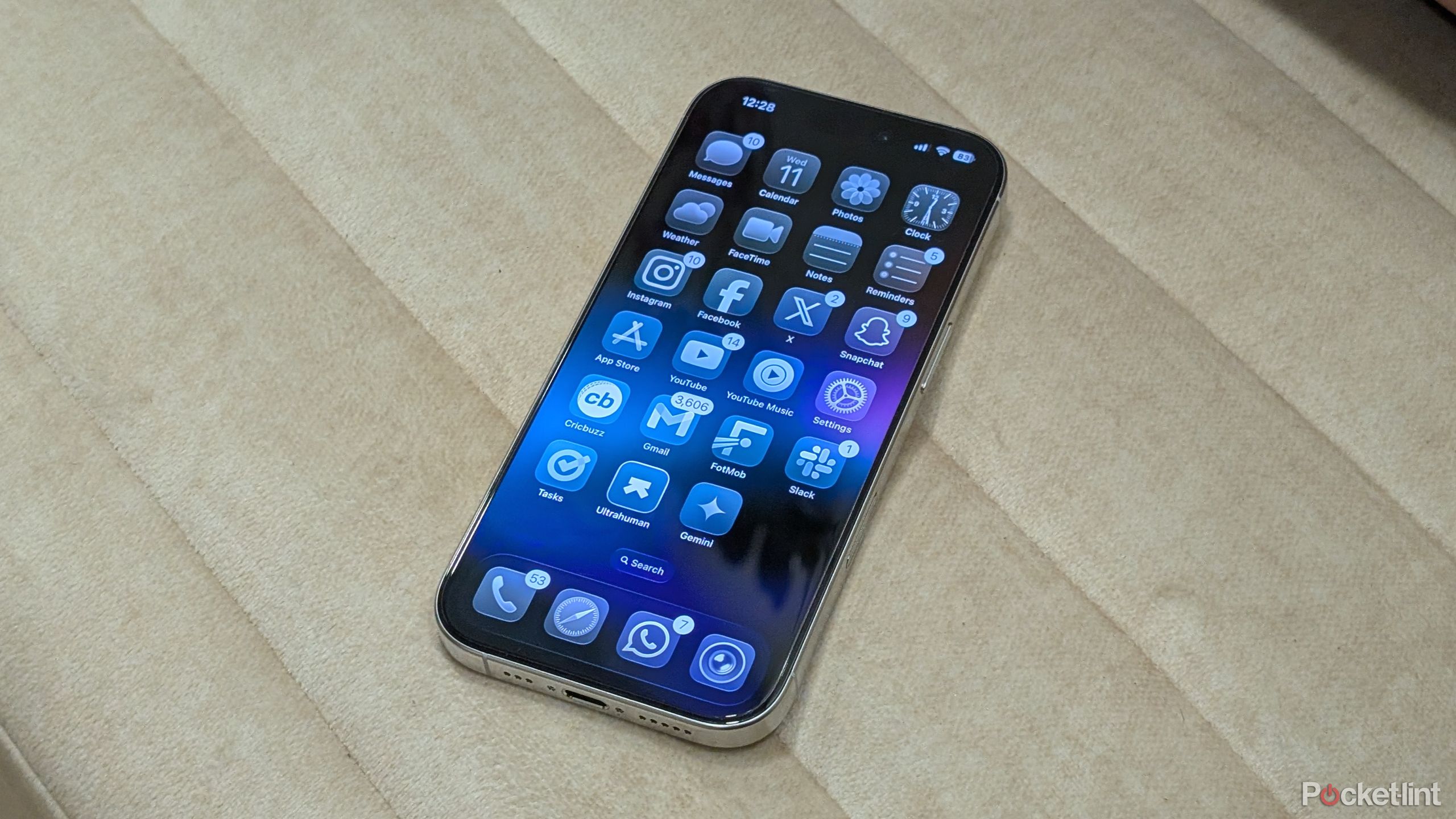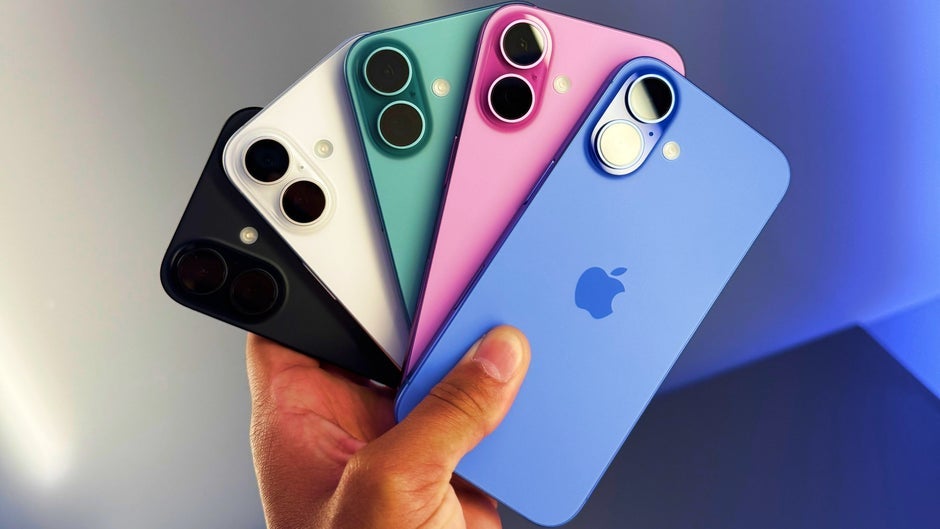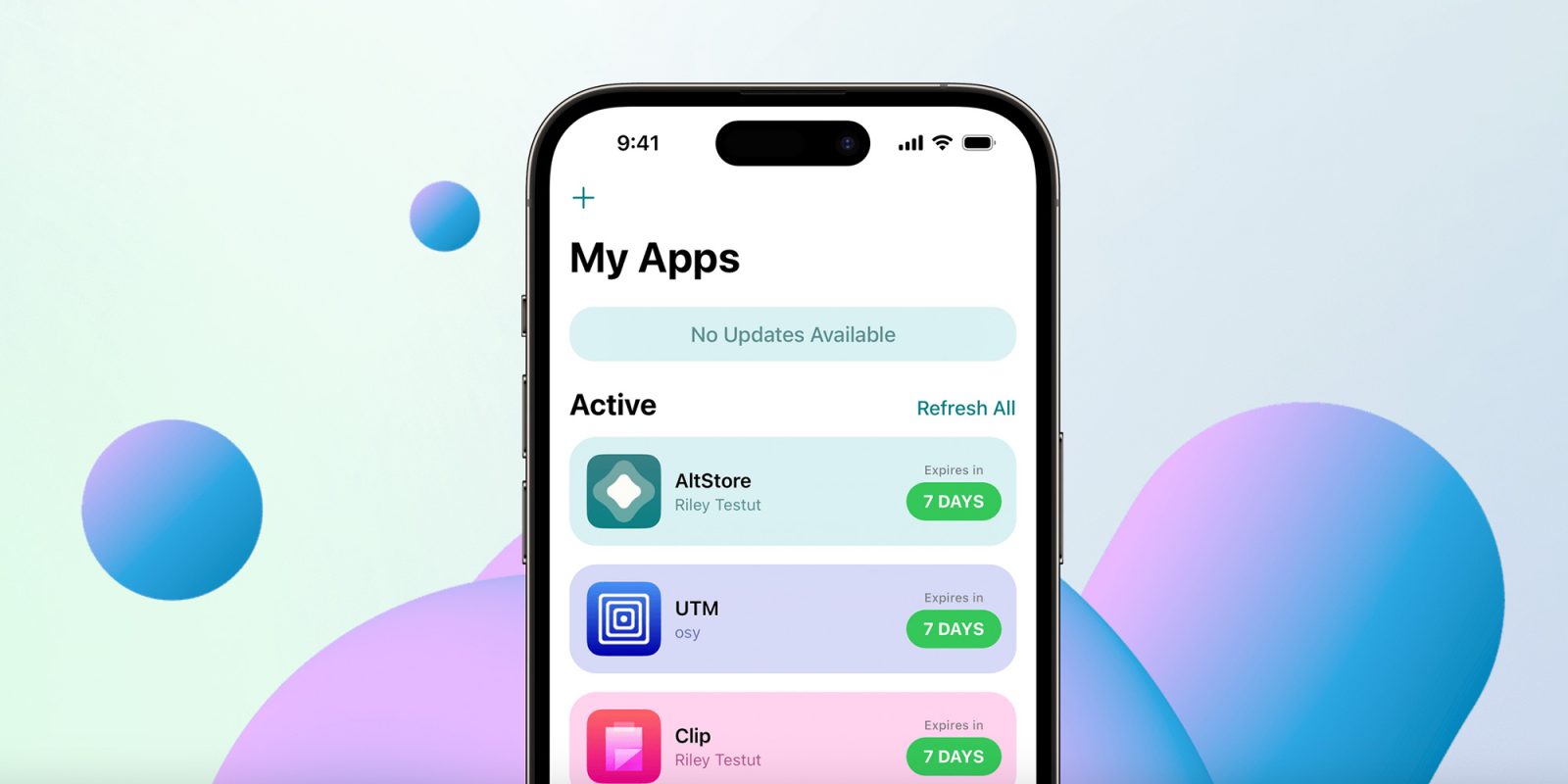IOS
Recent Articles
Sort Options:
I'm all for Apple's Liquid Glass makeover - but with 3 changes, please
At the 2025 Worldwide Developers Conference, Apple unveiled a striking design overhaul called Liquid Glass, featuring translucent elements and minimalist animations. Developers can access early versions, with public betas for various operating systems expected in July.

These 3 iOS Updates Are a Bigger Deal than Liquid Glass
A recent commentary urges a shift in focus from the aesthetics of app icons to the more pressing issue of robots intruding on phone calls. The authors highlight the need for discussions on technology's impact on communication.

5 iOS 26 features I'm glad Apple copied, even if Android had them first
At WWDC 2025, Apple unveiled a significant redesign for its operating systems, introducing a cohesive design language called Liquid Glass. This marks the first major update for iOS in over a decade, addressing previous inconsistencies across Apple platforms.

Foundation Models framework
Apple has unveiled its on-device AI capabilities, now accessible to developers. This advancement promises to enhance app functionality and user experience, showcasing Apple's commitment to innovation in artificial intelligence technology. Developers are encouraged to explore these new features.

Apple aims for “more personal and expressive” iOS 26 with new Liquid Glass design
At WWDC, Apple introduced iOS 26, featuring the innovative Liquid Glass design that enhances the visual appeal of app icons with softer edges and translucency. This design philosophy will also extend to macOS and other Apple operating systems.

What is Solarium? Everything we know about Apple's major UI overhaul at WWDC
Solarium is set to launch across all Apple devices, including iPhone, iPad, Mac, Vision Pro, and Apple Watch. The publication highlights a cohesive aesthetic that enhances the user experience across these platforms.

Apple’s upcoming iOS 7 moment is bigger than we knew
The recent visionOS-inspired redesign enhances not only the main operating systems but also various applications, promising a more cohesive and immersive user experience. This innovative approach aims to elevate functionality and aesthetics across the digital landscape.

iPhones, iPads and Apple Watches among Apple gadgets that greatly aid this Georgia hospital
The staff has chosen iOS for its superior performance and user-friendly interface, highlighting its advantages in enhancing productivity and user experience. This decision reflects a commitment to leveraging technology for optimal efficiency in their operations.

10 Cross-Platform Options for Building Native Mobile and Web
The New Stack highlights ten powerful cross-platform frameworks for developing native mobile and web applications. These tools, including Flutter, Ionic, and React Native, enable developers to create high-performance apps from a single codebase, enhancing efficiency and user experience.

UI Playground
Explore the capabilities of native iOS user interface components on iPhone, as the publication delves into their functionality and design. Discover how these elements enhance user experience and streamline app development for iOS enthusiasts and developers alike.

iPhone and iPad users can now emulate Switch games at full speed thanks to AltStore
AltStore PAL has launched AltStore Classic, enabling users in the EU to easily install hundreds of non-notarized apps, including those needing JIT compilation, following significant changes from last year's Digital Markets Act (DMA).

Issue 423
A new concept for an App Store focused on side-loading apps is gaining attention. This innovative approach could reshape how users access applications, enhancing flexibility and choice in the digital landscape. Stay tuned for developments in this exciting trend.